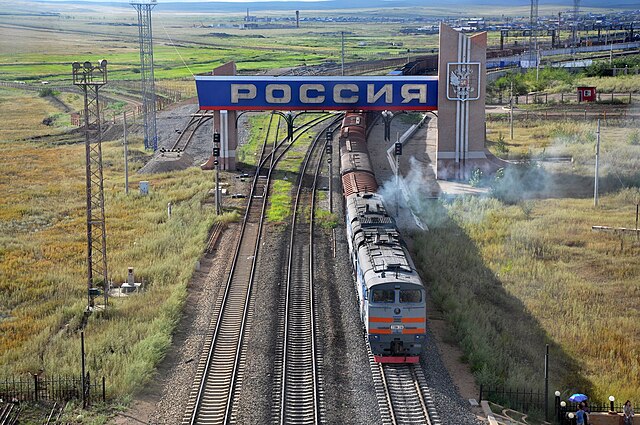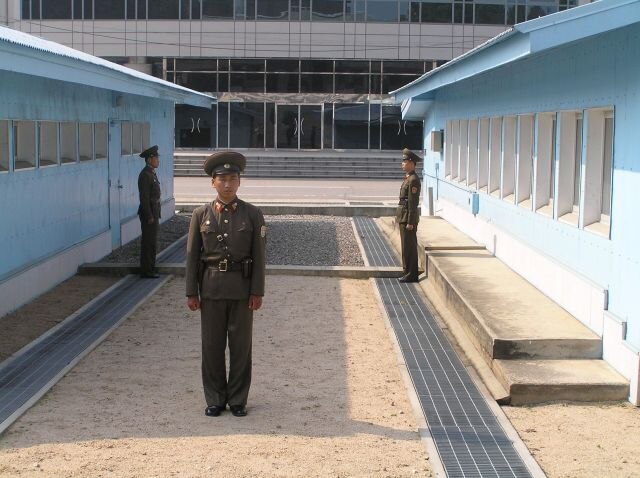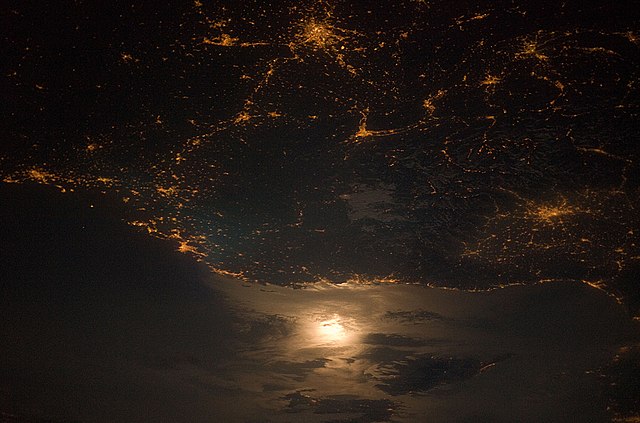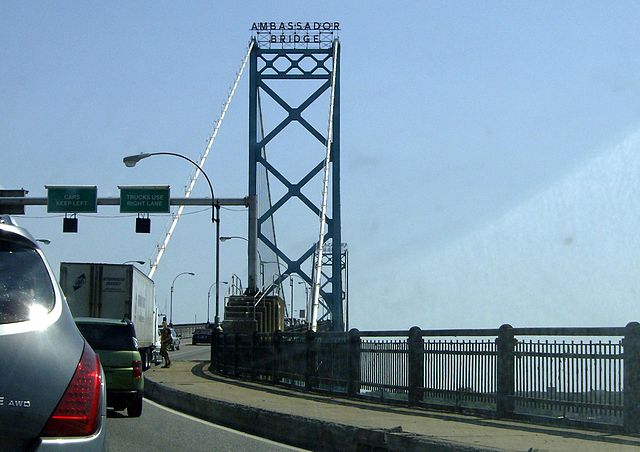Border control comprises measures taken by governments to monitor and regulate the movement of people, animals, and goods across land, air, and maritime borders. While border control is typically associated with international borders, it also encompasses controls imposed on internal borders within a single state.
As seen from the Bhutanese side
As seen from the Indian side
The gate that borders East Nusa Tenggara in Indonesia and East Timor
A train crossing the China–Russia border, travelling from Zabaykalsk in Russia to Manzhouli in China
Borders are usually defined as geographical boundaries, imposed either by features such as oceans and terrain, or by political entities such as governments, sovereign states, federated states, and other subnational entities. Political borders can be established through warfare, colonization, or mutual agreements between the political entities that reside in those areas.
North Korean policemen standing guard at the North Korea-South Korea border. View from North Korea.
A photograph of the France–Italy border at night. The southwestern end of the Alps separates the two countries.
The purpose of the Great Wall of China was to stop people and militaries from crossing the northern border of China. Today it is a relic border.
Crossing the Ambassador Bridge into Canada from the US








